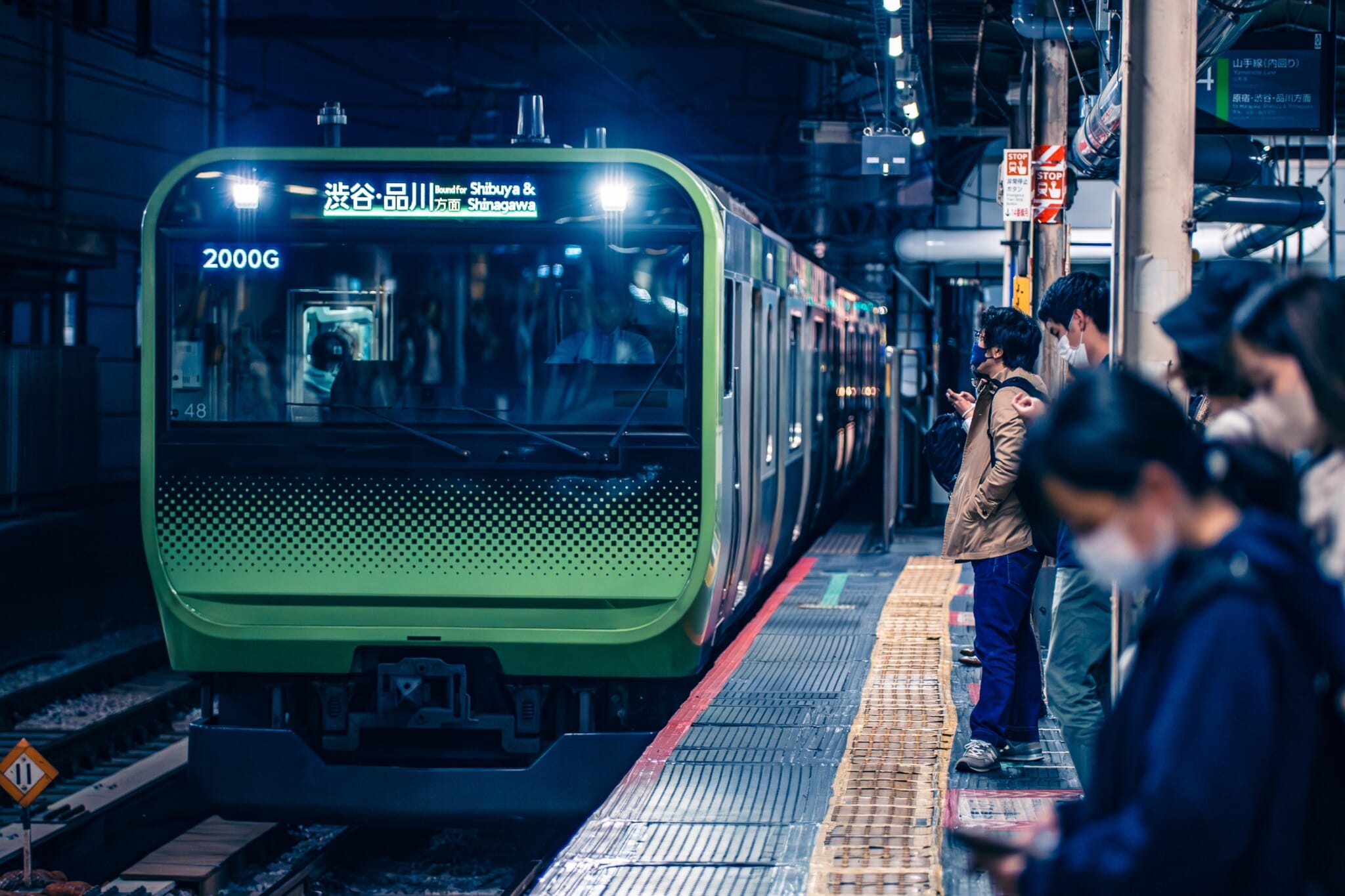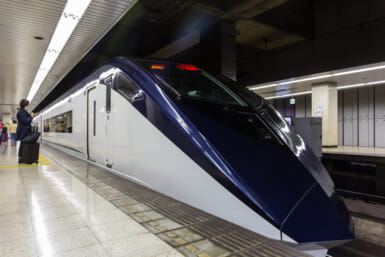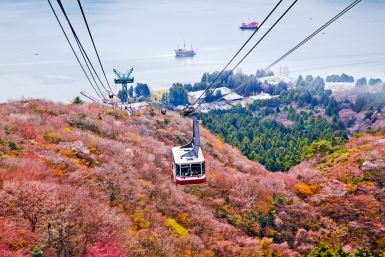The Japanese train system is considered one of the best in the world. In cities like Tokyo, Kyoto and Osaka, it’s a more convenient option than a car or taxi, running smoothly and usually on time. The Shinkansen is a treat to ride, and one of the most comfortable ways to get from one city to another.
Whether you’re riding the subway or if you’re off on the bullet train for some inter-city travel, these tips will ensure you aren’t left behind.
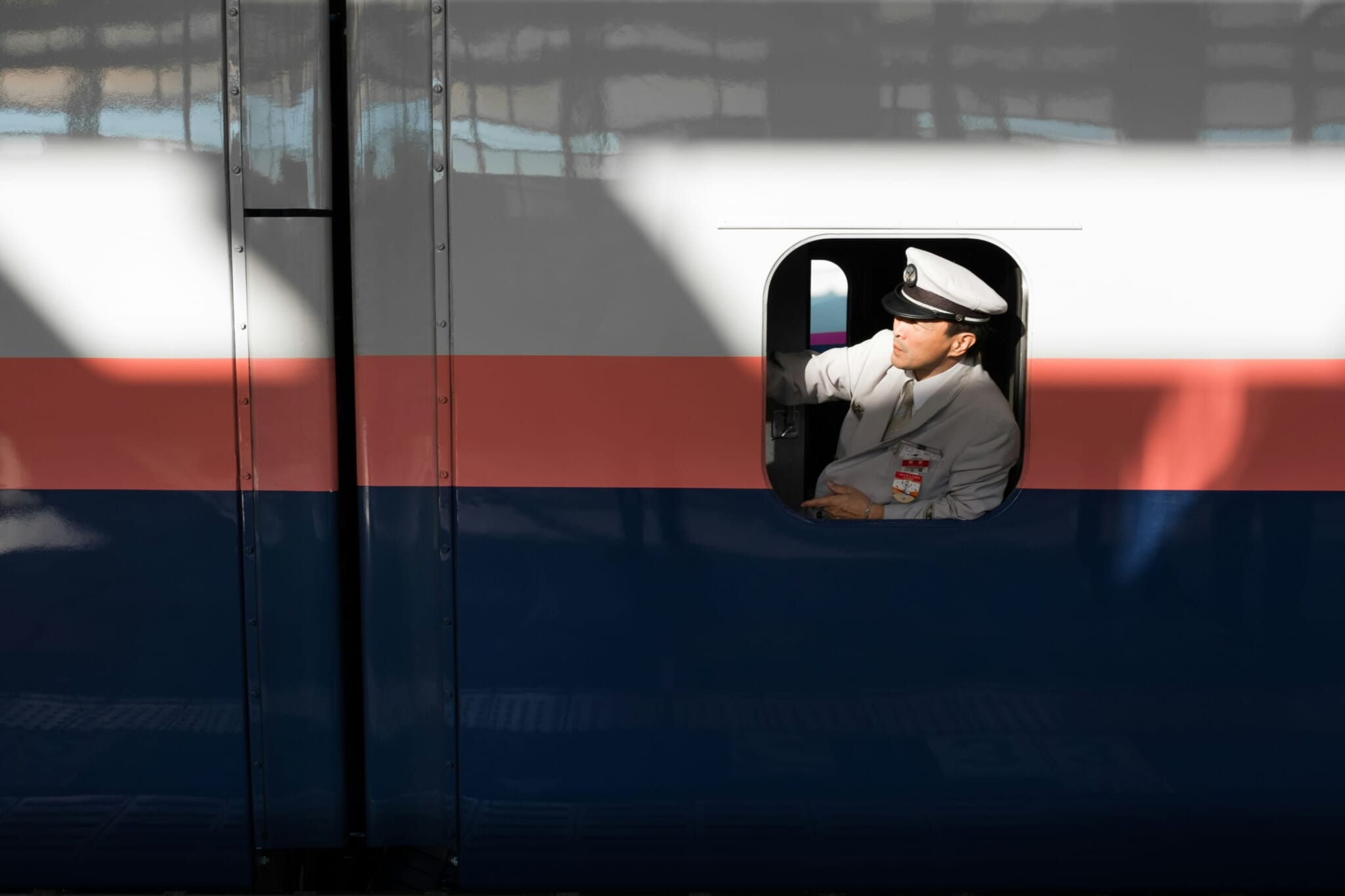
Shinkansen (Bullet Train)
The Shinkansen, or bullet train, is renowned across the world for its sleek design and fast speed. The fastest Japanese bullet train is the Nozomi, which can reach up to 300 kilometers per hour. Here’s how to navigate this high-speed journey like a pro.
How To Buy Tickets
- Online: The easiest way to purchase Shinkansen tickets is on Klook or the official JR website. You can also use apps like “JR East” or “SmartEX” to book tickets.
- At the station: If you prefer to buy tickets in person, head to any JR station. Look for the “Shinkansen Ticket Office.” English-speaking staff are often on hand to assist.
- Bonus: if you have baggage, you may need to reserve a space. Check online or ask at the ticket office when booking.
How To Board
- Line up: At the station, follow the signs for Shinkansen platforms. Line up at the designated area on the platform, which will be marked with signs indicating where your train car will stop.
- Car and seat: If you have a reserved seat, find the designated car and seat number on your ticket. If not, make sure you board the non-reserved section of the train.
- Be on time: Make sure you’re ready to board well before departure time.
Bonus Tip
- Don’t forget your bento: It’s customary to enjoy a bento during your journey. Purchase one from the station’s food stores. Remember to put your garbage in a trash can when you disembark.
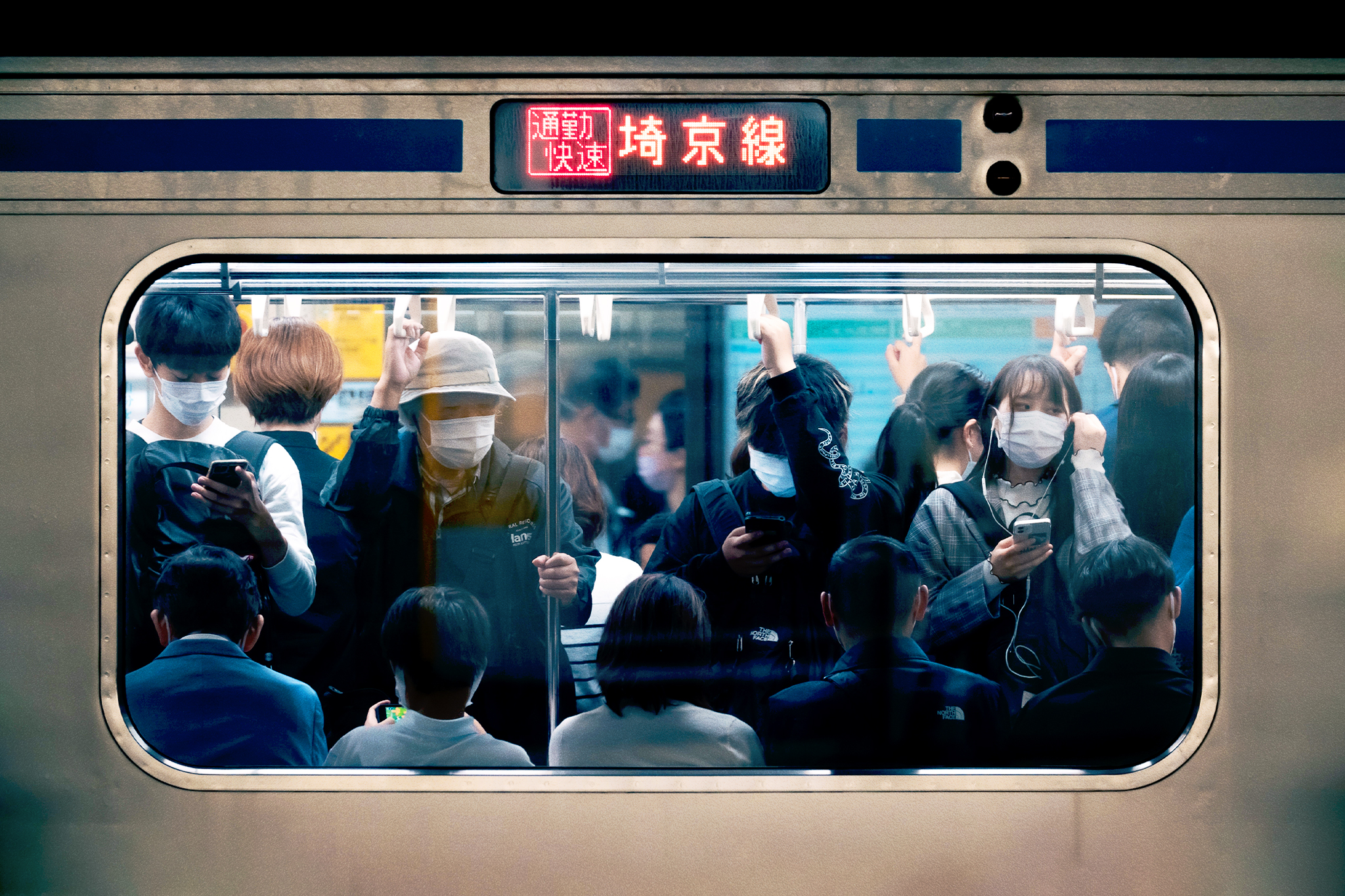
Subway
Japan’s subway systems, particularly in cities like Tokyo and Osaka, are efficient and renowned for their reliability. They’ll usually get you from A to B and back again, very smoothly. Just be careful and follow the rules and signs whenever possible.
How To Buy Tickets
- Download the Suica app (residents): If you live in Japan, the best way to get around is to download the Suica app on your smartphone. For Tokyo, there’s also the Pasmo app, while in Osaka, there’s the ICOCA app. These apps allow you to top up and use your phone to tap in and out of the stations. Getting the Tokyo Subway Ticket grants you unlimited access to 13 different routes over 250 metro stops around the city for up to three days.
- Get a pass from the airport (non-residents): Travelers can purchase a prepaid Suica or Pasmo card at Tokyo airports. If you’re flying to Osaka, get the ICOCA card. These cards can be used across various subway lines and will save you having to buy a new ticket each time. They can be used cross-city as well.
- In person: You can also buy single journey tickets from vending machines at subway stations, although beware that you can use each ticket for one single journey only. English instructions are available on most machines.
How To Board
- Line up: Wait behind the line markings on the platform for the train to arrive. People wait for the passengers to get off the train first before they get on.
- Put your bag on your chest: During peak hours, subways can be quite crowded. Before boarding, put your backpack on back-to-front or hold your bag in front of you. This has two benefits: it won’t hit others and you’ll maintain personal space.
- Check the carriage: if you have luggage or a baby car, board on the first door of the train.
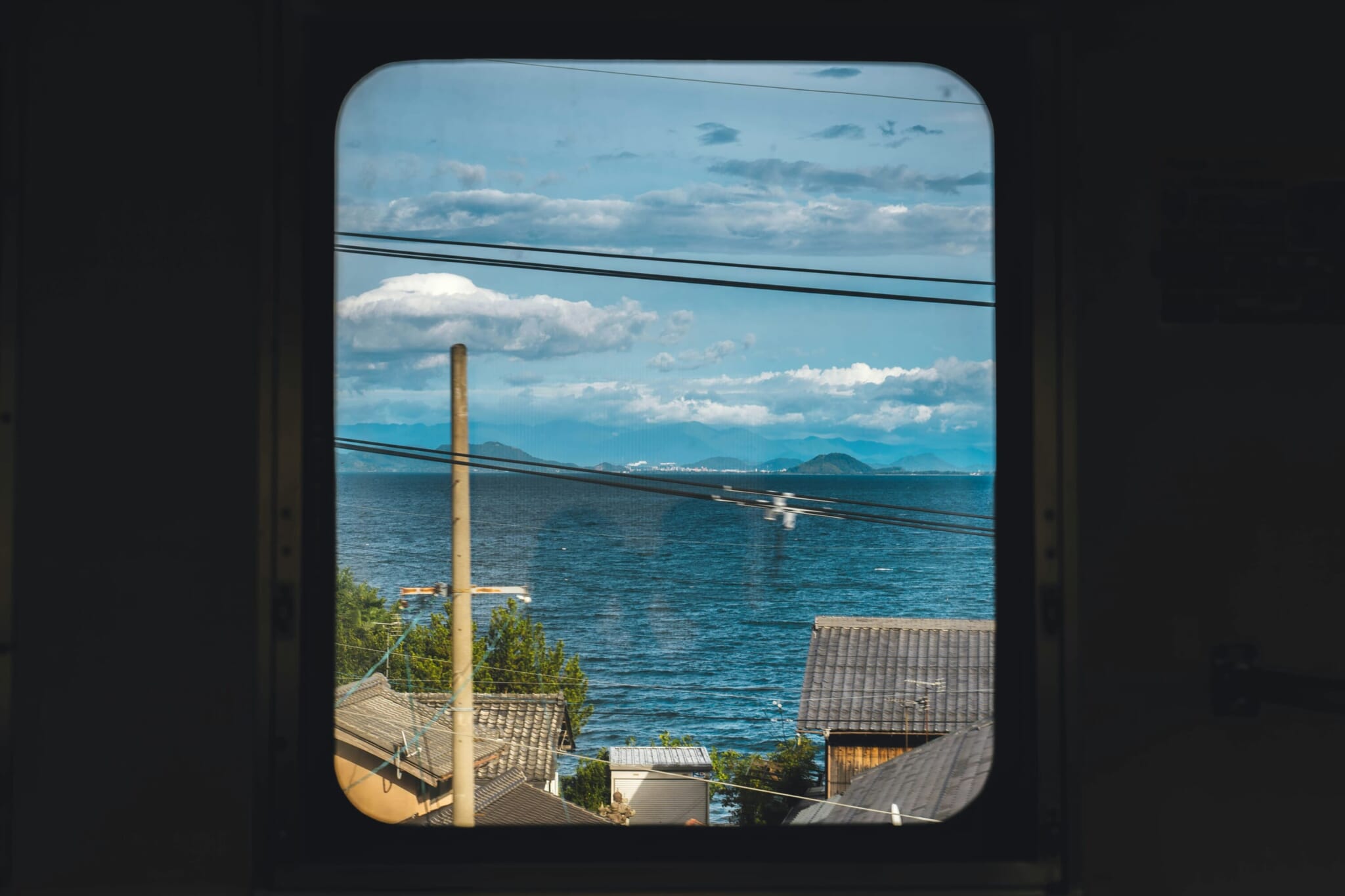
Local Trains
If you’re riding a random train in a tiny village in Aomori, the way to go about it is slightly different.
How To Buy Tickets
If you’re in a major city like Tokyo or Osaka, the aforementioned prepaid cards or apps are usable. If not, get your tickets online from the relevant company. This will vary according to the area or train line you’re using, so be sure to check in advance.
- Online: visit the company’s website.
- In person: visit the ticket office and explain where you want to go. Make sure you take cash, just incase they don’t accept card. They might not speak English, so get your phone translation apps ready.
How To Board
If you’ve ridden the subway, the same still applies.
- Line up: Wait behind the line markings on the platform for the train to arrive. People wait for the passengers to get off the train first before they get on.
- Put your bag on your chest: It’s likely that the train won’t be so crowded during peak times, so wear your bag in front after judging the amount of people around you.
- Check the carriage: if you have luggage or a baby car, board on the first door of the train.
Train Manners and Tips
The most respectful way to ride.
Shinkansen
- Luggage storage: Make sure you store your luggage in a specialized compartment.
- Be quiet: Shinkansen rides are known to be quiet. Keep conversations hushed and switch your phone to silent mode. If you listen to music or are watching something, use your headphones and make sure the sound is at a respectful volume.
- Check behind before you lean back: Shinkansen seats are reclinable, but it’s considered polite to make sure you ask permission of the person you’ll be leaning into first.
Local Trains and Subway
- Stay quiet: While not as strictly enforced as the Shinkansen, keeping your voice down and using your phone discreetly is appreciated.
- Save your snacks: Eating and drinking on the subway is generally frowned upon. Keep your snacks and beverages for when you’re above ground.
- Mind your space: Be aware of personal space and try to avoid making others uncomfortable. If you’re standing, hold onto the poles or straps to keep stable and avoid taking up too much room.

